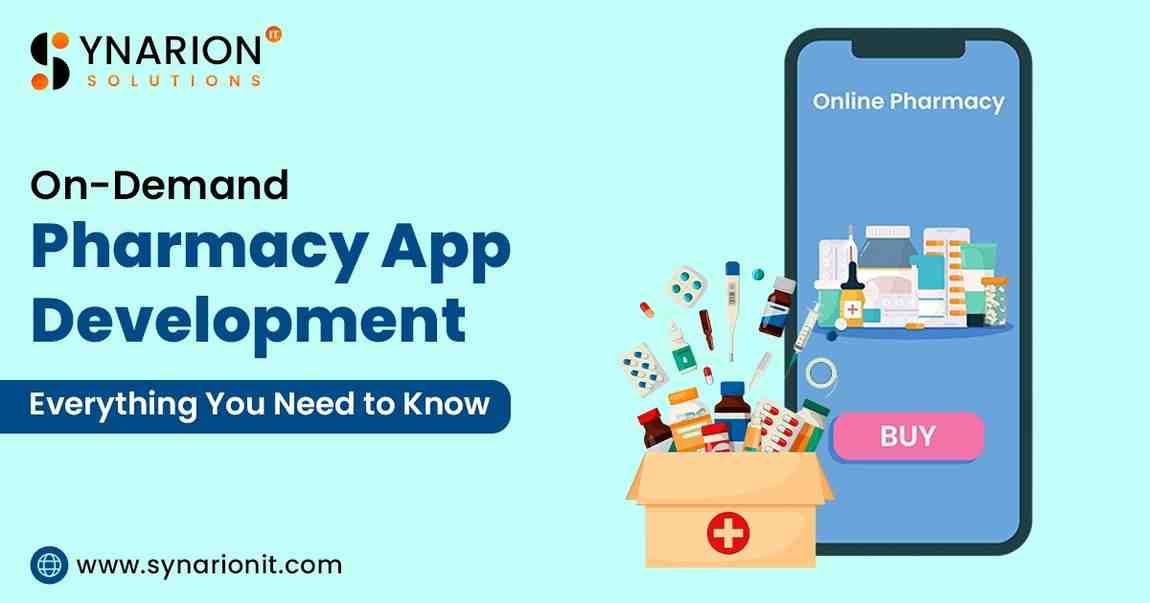


Explore everything about on-demand pharmacy app development—from key features and compliance to cost, and choosing the right development partner.
In an era where convenience is king, on-demand services are booming across industries, and healthcare is no exception. One of the fastest-growing sectors in this space is online medicine delivery. Today, customers expect to order medicines just like they order food or groceries—quickly, safely, and at their fingertips.
This rising demand has made medicine delivery app development a hot opportunity for startups, pharmacies, and healthcare entrepreneurs. But what does it take to build an app that actually works in this highly regulated and sensitive industry?
In this guide, we break down everything you need to know about on-demand pharmacy app development—from features and business models to compliance, cost, and finding the right tech partner.
Consumers are shifting toward digital healthcare because it’s fast, convenient, and often more affordable. On-demand medicine delivery apps allow users to:
Before starting with medicine delivery app development, it’s important to define your business model. Here are the most popular ones:
You develop an app for your own pharmacy and deliver to customers directly. Ideal for local or chain pharmacies.
This model works like an online marketplace, connecting multiple pharmacies with customers in a given region.
Some apps combine medicine delivery with doctor consultations, lab booking, and health record management for a complete healthcare experience.
Choose a model based on your goals, resources, and the level of control you want over operations.
A good medicine delivery app development company will recommend creating three main modules—Customer App, Admin Panel, and Pharmacy/Delivery Partner App.
Healthcare apps deal with sensitive data, so security and compliance are non-negotiable. A professional medicine delivery app development company will help ensure:
Here’s a simplified look at the tech stack commonly used:
|
Component |
Technologies |
|
Frontend |
Flutter, React Native, Swift, Kotlin |
|
Backend |
Node.js, Laravel, Python (Django) |
|
Database |
Firebase, PostgreSQL, MongoDB |
|
Cloud Hosting |
AWS, Google Cloud, Azure |
|
Payment Gateway |
Razorpay, Stripe, PayPal |
|
APIs |
Google Maps, Twilio, FCM |
Here’s a rough estimate of the typical development phases:
App development costs can range widely depending on your goals. Key factors include:
Selecting the right tech team is crucial for your app’s success. Look for a company that:
The world of on-demand pharmacy is evolving rapidly. Here are some trends to watch:
The demand for online medicine delivery is not a passing trend—it’s the future of pharmaceutical retail. Whether you’re a single pharmacy or an ambitious startup, investing in a well-designed mobile app can unlock new revenue streams, improve customer loyalty, and help you scale faster.
